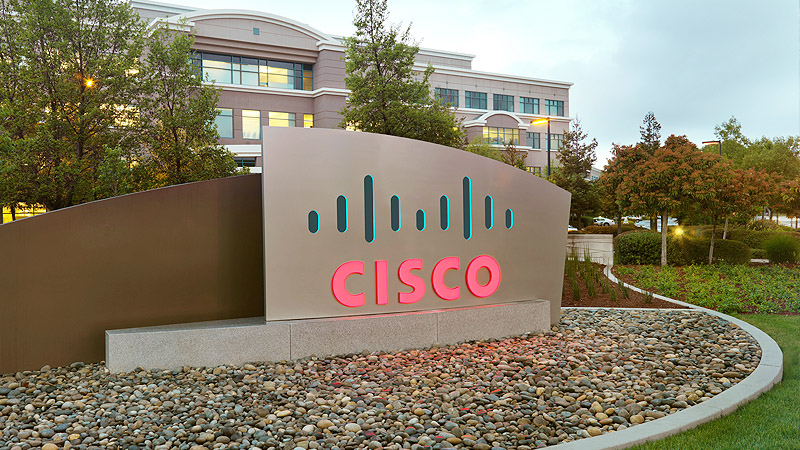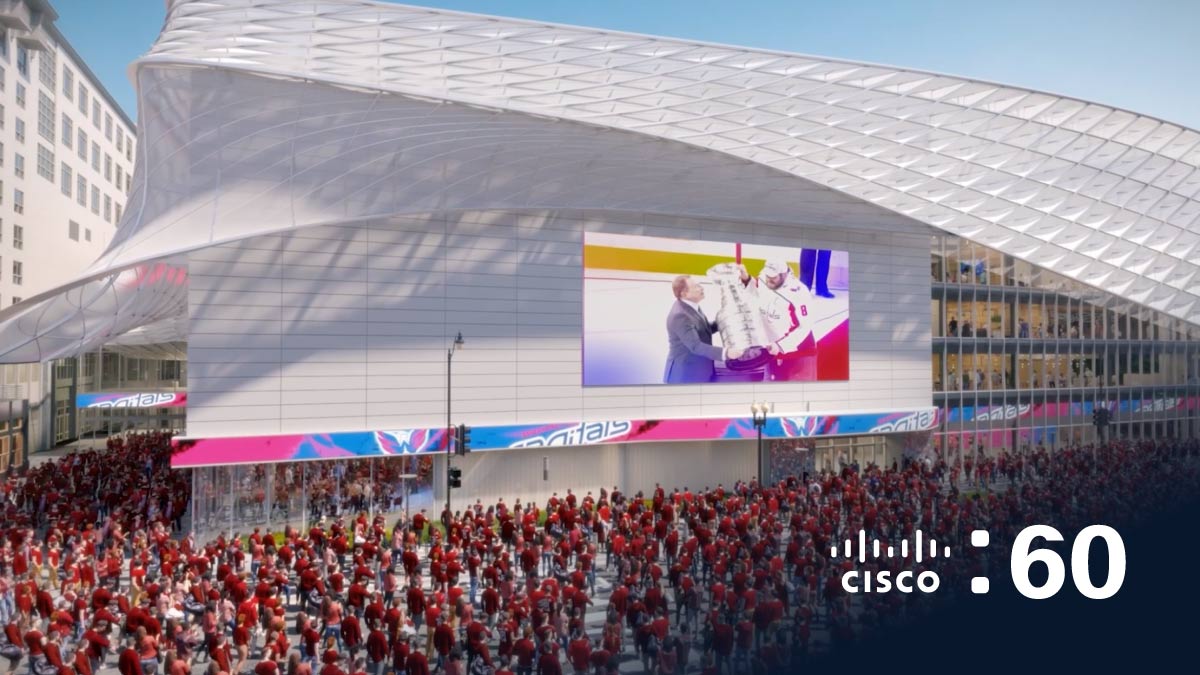PARIS, Oct. 26, 1994 -- Cisco Systems has enhanced itsInternetworkOperatingSystem (IOS) (IOS) with two new software features that make iteasierand more cost-effective for workers in branch offices to gain access to IBMhost computers.
Support for IBM's Qualified Logical Link Control (QLLC) protocol, themechanism used by SNA devices to connect over an X.25 network, will improveperformance on X.25 backbones and let users consolidate traditional SNAnetworks with newer LAN internetworks.
Downstream Physical Unit (DSPU) concentration will allow Cisco routersto assume the PU definition function normally performed by an SNA LANgateway, reducing WAN overhead and simplifying host configuration.
Nick Francis, Cisco's director of IBM internetworking, said, "IBM usershave been looking for ways to expand their remote access capabilitieswithout adding cost and complexity to the network. QLLC and DSPU supportdemonstrates Cisco's continued commitment to low-cost remote access and tonetworking SNA."
QLLC: Improved Performance, Network Consolidation
Cisco is the first internetworking vendor to integrate QLLC with anarray of services in a multiprotocol router, providing conversion of remoteX.25 QLLC data to local LAN data, and conversion of remote SDLC or LAN datato local QLLC data.With Cisco's QLLC implementation, a Cisco router at the FEP siteconverts QLLC data from the remote SNA device to Token Ring data beforepassing it to the FEP. This not only enhances performance and simplifiesNetwork Control Program (NCP) configuration, but in many cases eliminatesthe need for the NCP Packet Switched Interface (NPSI) in the FEP, savingthe monthly NPSI license fee.
Cisco's QLLC also permits remote SDLC- and LAN-attached resources toaccess a FEP over the same X.25 network. No internetworking platform isneeded between the X.25 network and the FEP, and no X.25 software orhardware is required in the remote SNA devices. Cisco platforms at theremote site convert SDLC or LAN frames to QLLC and transport the data overthe X.25 network directly to the FEP. Available immediately, QLLC software support is included as a standardfeature of the Enterprise version of the IOS for the Cisco2500/4500/AccessPro routers; and requires the bridging and packet-switchingsoftware options for the Cisco7000/
DSPU: Simplifying Physical Unit Definition
Cisco's Downstream Physical Unit (DSPU) feature concentrates multipledownstream PUs and their associated logical units (LUs), providing a singlePU image to the host. Not only is WAN overhead significantly reduced, butsimplified host configuration allows devices to be moved transparently.The DSPU feature is ideal for users accustomed to defining all of theirend stations as distinct full-stack SNA physical units in the mainframetables. DSPU eliminates the need for the stand-alone gateway that wouldordinarily be installed exclusively to perform the concentration functionin such environments. DSPU also facilitates fast recovery from FEP failuresbecause it reduces the number of sessions that need to be reestablished.
DSPU will be implemented as a standard software feature of Cisco's IOSin first quarter 1995.



